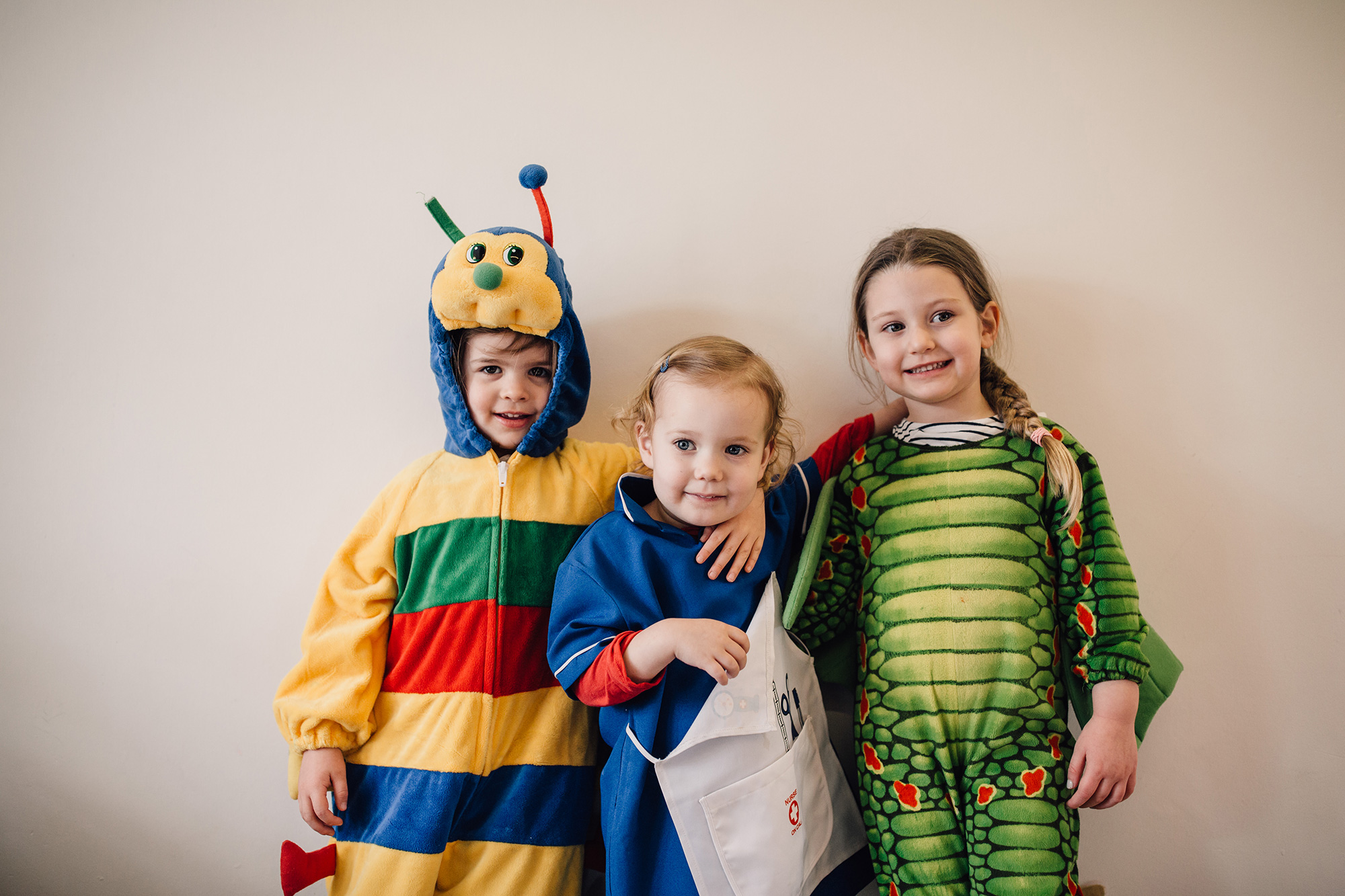5 Ways To Teach Kindness

In order to build and develop kindness in children we need to encourage, model, and communicate kindness to them. We take a look at five ways you can practise and encourage kindness…
Kindness is a lifelong skill and is learned through reciprocity. It’s about learning to have consideration for others, rather than acting only out of self-interest. Kindness will help your child understand empathy, compassion, and generosity towards others, which in turn will support them in developing relationships with others.
Children can show kindness in many different ways. Whether it’s by comforting someone who is worried, sharing a biscuit or a toy, waving to an elderly neighbour, or inviting a lonely classmate to play their game, it’s important to help nurture kindness in your child from a young age.
We suggest five ways to practise and encourage kindness:
- Help and Demonstrate What Kindness Means
Children are eager to copy us and will watch how you treat people. From subtle interactions, such as putting your phone down to make eye contact and talk to someone, to more tangible acts of kindness, like taking a meal round to a poorly friend, you will demonstrate kind behaviour.
Toddlers are very focused on me and mine, but you can gradually help them think about us and we by using inclusive language.
Point out when your child has been kind and praise them. For example, “That was so kind of you to share your snack with me”. This will make them feel good about sharing, which in turn will help encourage them to share with others.
- Inspire Their Imagination
You have to be able to put yourself in someone else’s shoes to feel compassion and empathy. For children, pretend play can be a great way to practise this. Say to your child, “Your teddy fell down and bumped their head, what do you think we should do?”
Trying to help your child connect with someone else’s experience, especially if it is different to their own can be tricky. Reading books together can really help children understand about feelings and how to be considerate of others – check out these 5 books about kindness.
Consider giving your child something to look after and care for. You could get a house plant, or plant something in the garden such as vegetables or herbs for them to grow. Why not try growing a sunflower?
- Understand that Kindness Isn’t Always Easy
Help your child to understand that being kind is hard sometimes, and that it doesn’t mean they’re not kind if they feel uncomfortable or are finding it difficult sharing.
The more you encourage your child to behave kindly, and the more they practise kindness, the more natural and easier it will become, even when it’s a difficult situation - like talking to a classmate who looks lonely when they’re feeling shy themselves.
- Talk Openly and Encourage Questions
Talk to your child about their feelings and help them to notice other people’s feelings and emotions. This will help your child understand body language and subtle clues when building friendships.
Encourage and ask your child questions about people they meet who may be different from them. Helping your child to understand that we are all different, and that sometimes we have to treat people the way that’s best for them, even if that’s different for what’s best for us is important but takes time for children to understand.
By being open and talking about differences, you will help give them a better understanding of the world around them.
- Pay Attention to the Effects of Kindness
When you have highlighted and praised your child for being kind (see point 1!) ask them how it made them feel.
Encouraging them to notice how it feels to be kind and how other people respond when they are kind, will inspire them to be kind more often.
Similarly, help them to notice when others are being kind to them, and again, make sure they take note of how it feels.
It feels good to be kind!
*****
Bright Beginning Curriculum
Kindness strongly supports children’s wellbeing and the wellbeing of others around them. Our innovative new Early Years curriculum, Bright Beginnings, focuses on children’s emotional wellbeing as the key to learning.
The bright beginnings curriculum comprises five areas of learning which focus on:
- Feelings and friendships
- Sharing thoughts and ideas
- Technical and life skills
- Thinking creatively
- Exploring and learning about my world





